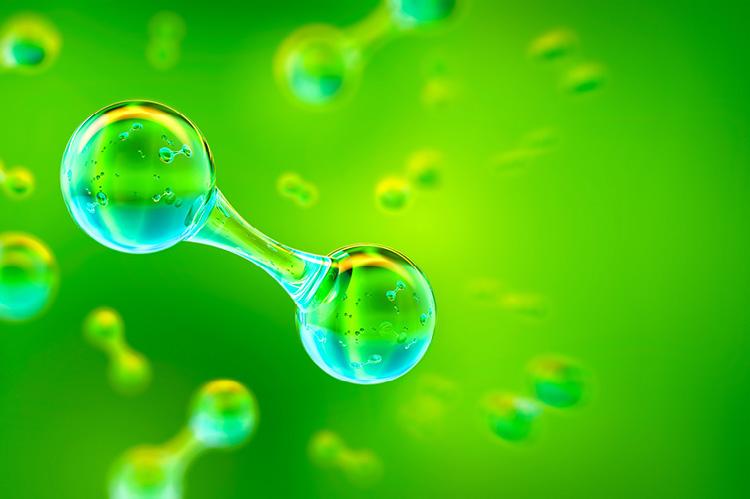Germany Is The Site Of The World's Largest Green Hydrogen Project

Fortescue Future Industries (“FFI”) and Tree Energy Solutions (“TES”), both companies stacked with a very smart and far-seeing team, have agreed to develop the world’s largest green hydrogen integrated project "to help Europe mitigate its current energy and climate crisis and to bring green molecules to Europe," as TES says in a press release.
The first phase of this partnership is to jointly develop and invest in the supply of 300,000 tonnes of green hydrogen with final locations being currently agreed. Final Investment Decision targeted for 2023.
FFI and TES have agreed to terms for FFI to make an equity investment of €30m to become a strategic shareholder in TES and to invest €100m for a significant stake in the construction of the TES import terminal in Wilhelmshaven, Germany. FFI CEO Mark Hutchinson said "this investment supports the delivery of Fortescue's supply agreement with E.ON, Germany's largest energy distributor. In March of this year we announced we would supply 5 million tons of green hydrogen to Germany, commencing mid - decade."
Up to 2030 15 million tons of green hydrogen will be produced annually through renewable energy like solar, wind and hydrogen. In 2040 50 million tons of green hydrogen are planned.
Wilhelmshaven, Germany's only deep sea port with a natural water depth in excess of 18 meters, will play an integral role in the development of green hydrogen in the country. FFI and TES have agreed, for example, that FFI will make an equity investment of €30 million to become a strategic shareholder in TES and to invest €100 for a significant stake in the construction of the TES import terminal in Wilhelmshaven. First deliveries of green hydrogen into the TES terminal in Wilhelmshaven are expected to take place in 2026. In the first instance, however, the focus will be on improving the supply of natural gas, especially in lieu of the present virtual halt of gas supplies from Russia.
The Wilhelmshaven Terminal encompasses six shipping berths as well as ten tanks on land with a storage capacity of two million cubic meters, six of which will be available for TES. A new pipeline will connect the terminal to certain points on the gas transmission network. The favorable location close to gas storage caverns in Ostfriesland is already being used for the Uniper-LNG-Terminals.
